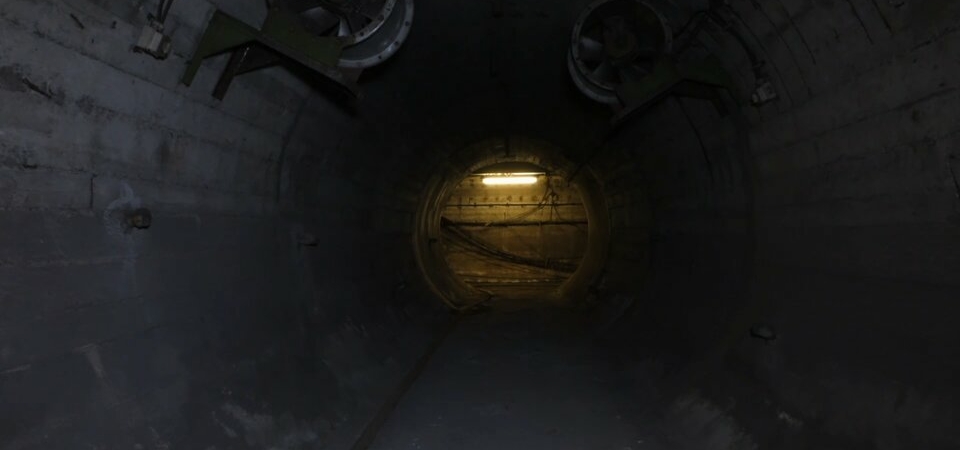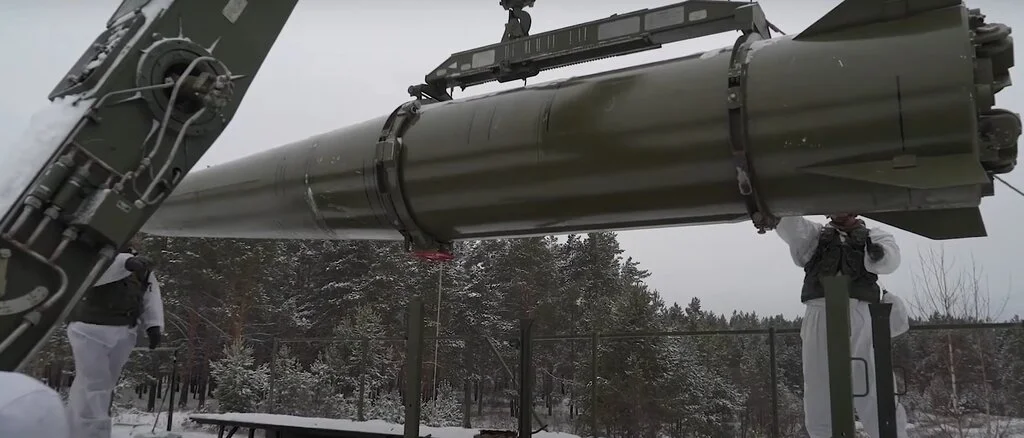Nuclear bombs in Hungary? That is not a joke!
Russian President Vladimir Putin and his allies regularly threaten using nuclear weapons against the Western allies of Ukraine. Thus, it might be interesting to look into whether such weapons of mass destruction are or were stored in Hungary. The short but surprising answer is yes. Below you may read the details.
Member of the Socialist Block
Hungary was forced to “fight” alongside the members of the Warsaw Pact and the Soviet Union during the Cold War. However, tanks, warplanes and grenades were not the only military equipment the Red Army stored in Hungary those days. Nuclear warheads were also placed in Hungary to enable the Eastern Block to launch a nuclear attack quickly in case the Third World War broke out.
Borsod Online said the idea of storing such weapons of mass destruction outside the Soviet Union came after a military drill gone wrong in the 1960s. The simulation aimed to prove how quick Moscow could react in case of a war, but the results were frustrating. That is because the nuclear warheads had to be transported from the Soviet Union to military bases in East Europe. The process took too long. Therefore, the Soviet leadership decided to place nuclear warheads in Hungary, Romania, East Germany, etc.
The Hungarian leadership gave the green light for the Soviets to place nuclear weapons in Hungary in 1961. The first Scud-A rockets arrived in 1963, according to Rubicon. The venue was the so-called ‘Little Moscow’, built deep in the forests of Bakony, in the centre of a triangle (Szentgál-Tótvázsony-Nagyvázsony).

Read alsoHungary underground: The secret bunker near the Parliament in Budapest
Hungarians were denied to enter the facility
120-150 Soviet troops arrived. For them and their families the Hungarian state built barracks, blocks of flats, even kindergartens, grocery stores and a sports ground. Hungarians were allowed to enter those buildings. But they could not go inside the facilities where the warheads were stored.
Colonel General László Borsits told ATV that there might have been 80-100 warheads in Hungary during those days. But Hungarian authorities could enter only after 1990, the change of the regime. Interestingly, Borsits was the last chief of staff of the communist Hungarian Army and the first one of the democratic Hungarian military. He said he had to lie about the warheads those days since the information was classified.

Read alsoThe history of the Hungarian language
Soviet troops shot curious locals
The Hungarian communist leadership did not even know that the Soviets placed nuclear warheads near four more Hungarian settlements without János Kádár’s authorization: Kunmadaras, Kiskunlacháza, Tab and Császár.
Répás József, the mayor of Kiskunlacháza, told ATV that they heard the stories in their childhood. Furthermore, the Soviet military base storing the weapons was hermetically closed, so the soldiers shot everybody trying to get inside. As a result, some locals died on or near those fences.
The warheads were applicable on rockets and warplanes, and a Soviet general and engineer regularly modified their code.
Whether NATO stores nuclear warheads in Hungary, nobody can tell for certain. However, we know that, for example, Poland shows much more support towards the USA and Ukraine in the current war. Meanwhile, their president asked for nuclear warheads this week, so even Poland does not have such weapons. As a result, we might say that secretly storing such weapons in Hungary is highly unlikely.
You may read the Hungarian version of this article on hellomagyar.hu.
Source: HellóMagyar, boon.hu, atv.hu, rubicon.hu
please make a donation here
Hot news
Minister: Hungary will protect its territory by every means possible
Orbán cabinet may double airspace fee: another ticket price increase?
Hungary expanding the list of prohibited designer drugs
Hungarian minister: Ukraine ‘blackmailing’ Hungary and pro-peace states
Cocaine found on a Greek bus at southern border of Hungary
NCIS star arrived in Budapest: spin-off filming started





1 Comment
Countries that do not have nuclear weapons to retaliate with are more likely to be attacked with nuclear weapons than those that do have them.